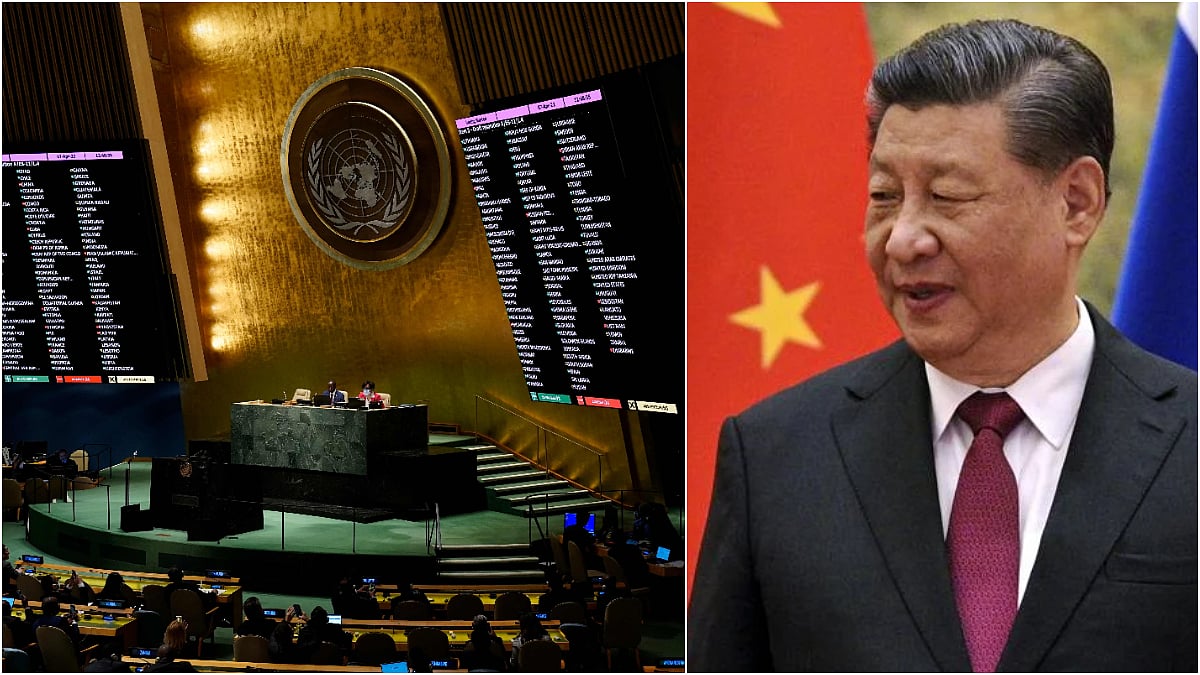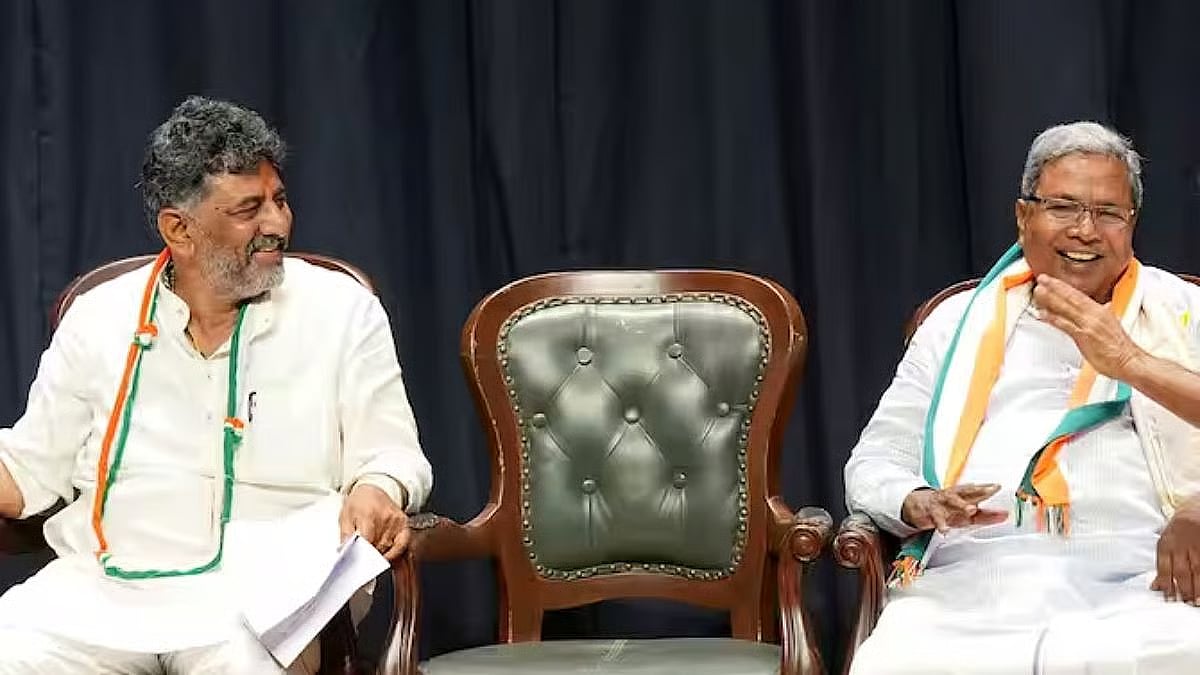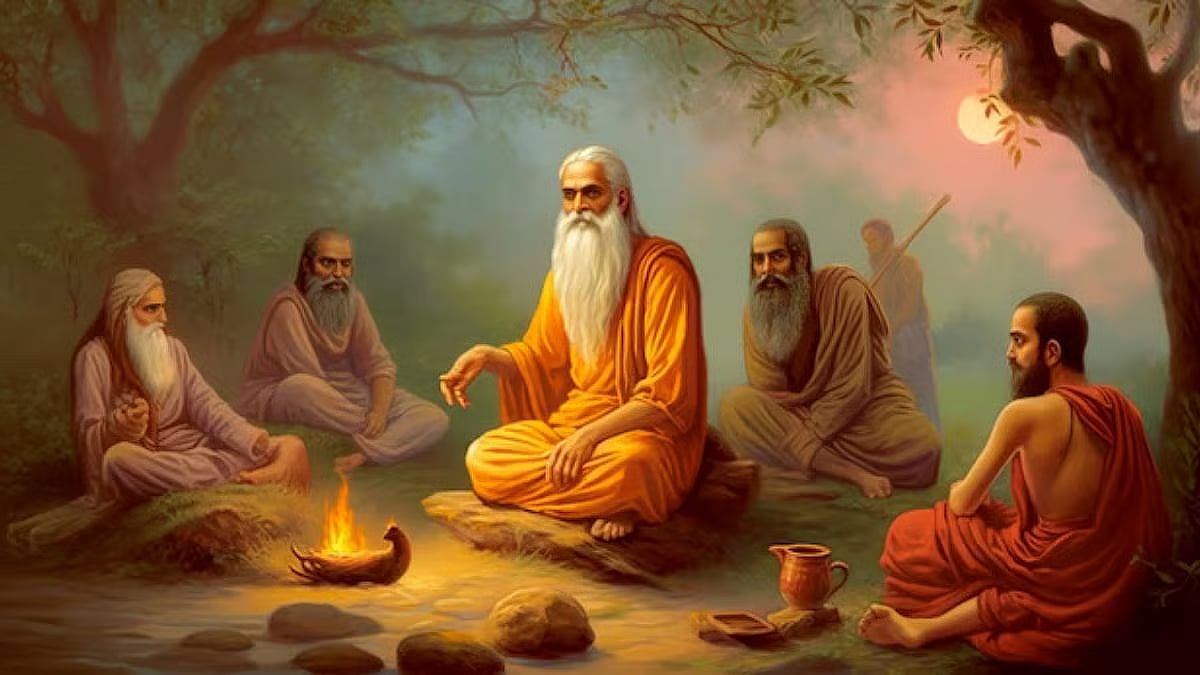Every January must bring a bag of mixed feelings for the 166 billionaires (in 2022) in India of whom nearly half reside in Mumbai: The World Economic Forum conference at Davos where they get to mingle amongst their own and the annual Oxfam report on inequality which, more often than not, shows them up as excesses in society. This year too, even as the Davos set flew in and out of the Swiss mountain town in their chartered jets and broke artisanal bread, the inequality report made some noise back home.
Cleverly titled “Survival of the Richest: The India Story” the report underscored two key points among a host of the usual comparisons to show the rising inequality in India. The first is that as much as 60% of the country’s wealth is in the hands of a mere 5% of Indians at the top of the wealth pyramid while the bottom 50% possess just about 3% of it; this inequality has become entrenched given that 40% of the wealth created from 2012 to 2021, roughly the last decade, is with the country’s top 1% — yes, merely 1% — even as the share of the bottom tier has remained more or less constant at 3%.
The second point that the Oxfam report makes is the inescapable correlation between the top sliver and the bottom tier. Even as the total number of billionaires in India expanded from 102 in 2020 to 166 in 2022 — a staggering 63% rise in only two years including during the Covid-19 pandemic which brought in massive job losses and income hits — India continues to have the world’s highest number of poor people at nearly 229 million which is roughly the population of Pakistan or more than the combined population of United Kingdom, France and Germany.
Why is this correlation, which makes the Davos set cringe, important to take note of? A tax of only 2% on India’s billionaires would be sufficient for the Rs 40,423 crore that can provide nutrition to the country’s malnourished for the next three years, points out the report among other correlations. This is important because, as a nation, our future depends on our understanding that such inequality is not a natural phenomenon or an accident, but the result of the economic models and policy decisions.
A critical aspect of inequality is the urban inequality around us. Cities are economic centres but they are not merely economic centres either. The larger the city and the more vibrant its economy, such as Mumbai or New Delhi, the greater the inequality too. Urban inequality is less discussed than that in rural areas; the comparison made more often is between the rural and the urban with the former showing up poorer. Without taking away from it, the inequality in our cities demands greater attention.
Studies and reports on urban inequality are few; the explanations are many and range from familiar academic postulations to convenient common-sense ones — for example, “If inequality does not exist, who will be motivated to work and earn?”. In the Indian context, we know little about how the inequality index behaved as urban economies shifted to knowledge-based work, digitalisation across the board, and gig economy. The academic work is mostly focused on national-level aggregate data rather than on city — and within a city, local level — mapping of inequality over a time period. Academia informs urban development or city-making policies.
What urban inequality does to people in cities spans many domains. Income inequality is the most obvious one, apparent in our lived reality every day in the city, but it is only one of the manifestations of inequality. There’s inequality in health, education, skill building, opportunities; then there’s spatial inequality and ecological or environmental inequality too. It is the need of the hour to go beyond the income inequality framework to see how other manifestations of inequality in cities impact large swathes of people — and address each of them.
Even as Mumbai records hazardous Air Quality Index of 300 to 315 or so consistently over weeks, areas such as the sea-facing ones or the Bandra Kurla Complex have cleaner air and others such as the vast expanse of Kurla’s slums and informal commercial economy behind the BKC are worse than the average. Or take the Urban Heat Island incidences; when temperatures rise and hit the high 40 degrees C or touch 50 degrees C, millions of outdoor workers or slum dwellers from the bottom of the pyramid are the worst hit.
Spatial inequality is apparent too but Mumbaikars have become used to it as a way of life. The per capita space at home and in the open is hardly the same across the city or its neighbourhoods; the better-off areas have larger homes, gardens and parks, and wider roads while the poorer neighbourhoods are congested to a point that it becomes a health hazard, do not have open spaces or parks and function with narrower streets. Spatial equality, or lack of it, has a direct and long-lasting impact on people’s quality of life.
“Inequalities are often created, conditioned, and recreated, in urban space,” found American researchers Jan Nijman and Yehua Denis Wei in their study “Urban Inequalities in the 21st century Economy” two years ago. They observed in their paper that “…(the) present-day inequality trends derive in important ways from the emergence of the new information-based economy in the last few decades. More than ever before, cities are the sites of production in this new economy and it is within cities, and between cities, where present-day inequalities are most conspicuous…Inequality trends pertain to economic/income inequality, housing quality and affordability, residential segregation, and public health.”
Inequality is seen in our spaces and buildings in cities, how we create our cities, how resources are distributed across a city, and how this too is a demonstration of power relations in a city. The wealthier parts of a city, for example, not only have better amenities but also have local leaders whose words carry weight in the power structures. It is possible to “zone out the poor” by using land zoning or regulations and make an area of the city “appear equal,” remarked the well-known Harvard University economist Edward L. Glaeser at the Nobel Week Dialogue last year.
In his paper of 2005, well-travelled across academia and popular literature since then, Glaeser reflects on “the injustice of inequality” — this lies at the heart of urban inequality. To summarise it: “inequality first rises and then falls with income. More unequal societies are much less likely to have democracies or governments that respect property rights. Unequal societies have less redistribution, and we have little idea whether this relationship is caused by redistribution reducing inequality or inequality reducing redistribution. Inequality and ethnic heterogeneity are highly correlated, either because of differences in educational heritages across ethnicities or because ethnic heterogeneity reduces redistribution”.
Cities may be inherently places of inequality — after all, Plato had remarked more than 2,500 years ago that “any city, however small, is in fact divided into two, one the city of the poor, the other of the rich,” and they are at war — but even so, inequality of the kind that results in a lower quality of life or is hazardous to life itself is not acceptable in modern democratic cities that are held up as sites of progress and self-realisation.
Smruti Koppikar, journalist and urban chronicler, writes extensively on cities, development, gender, and media. She is the founder editor of ‘Question of Cities’









